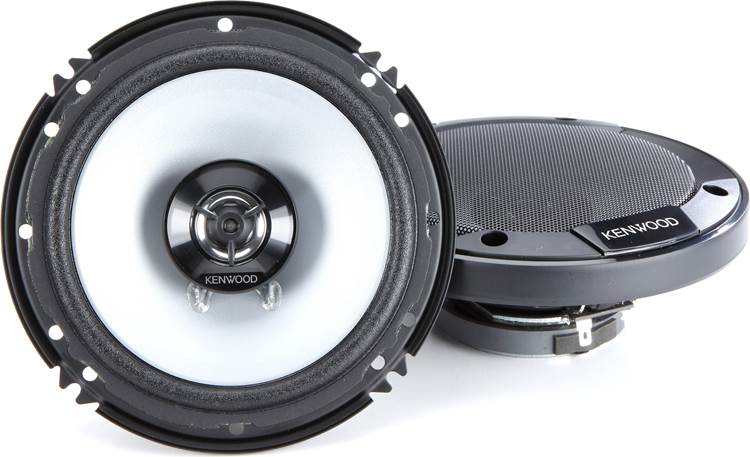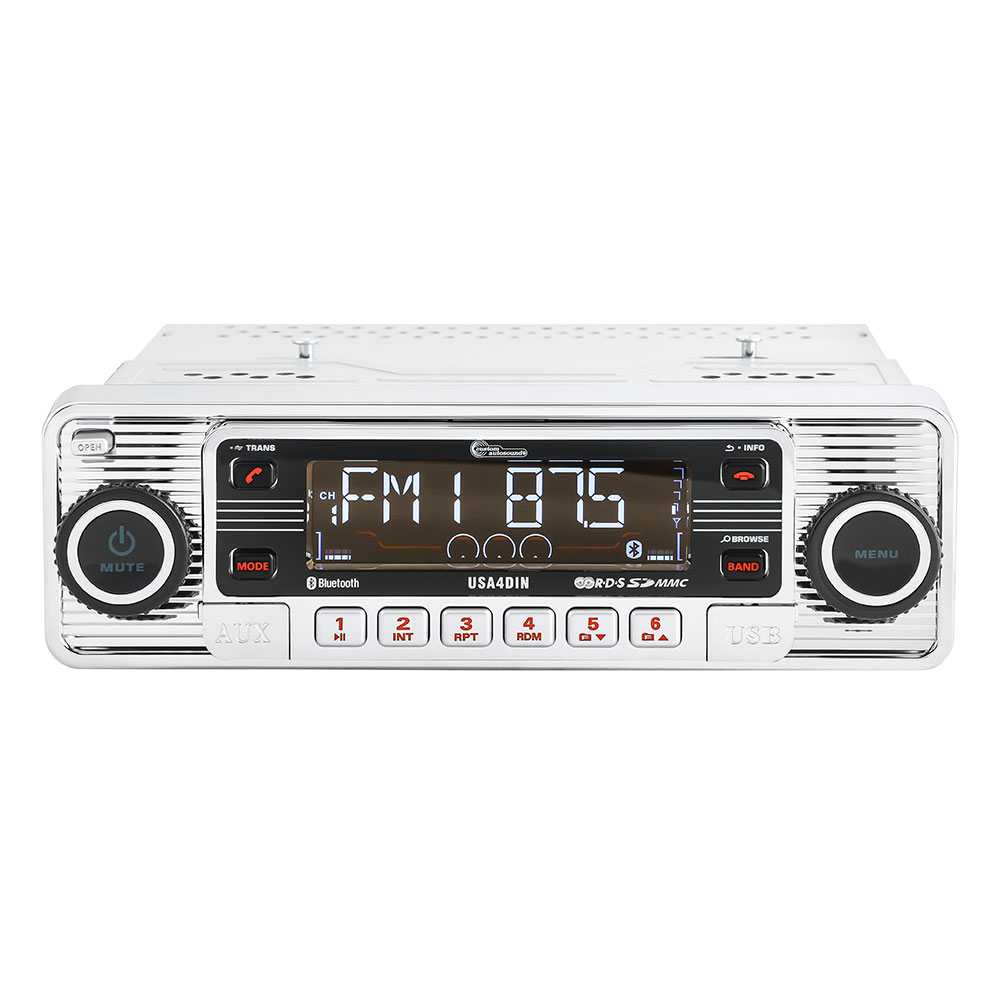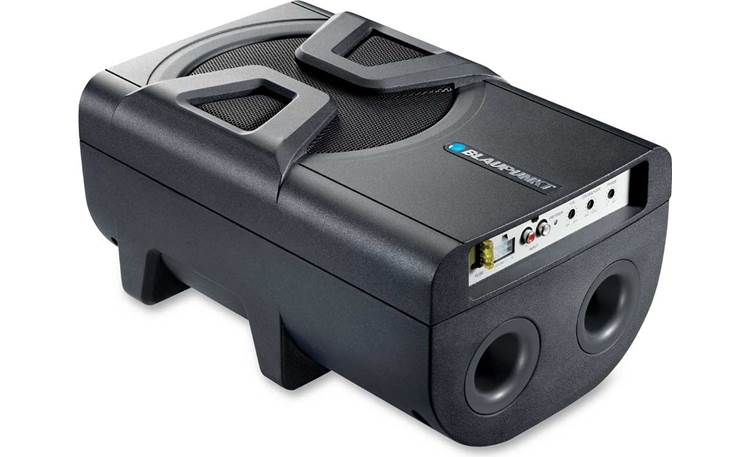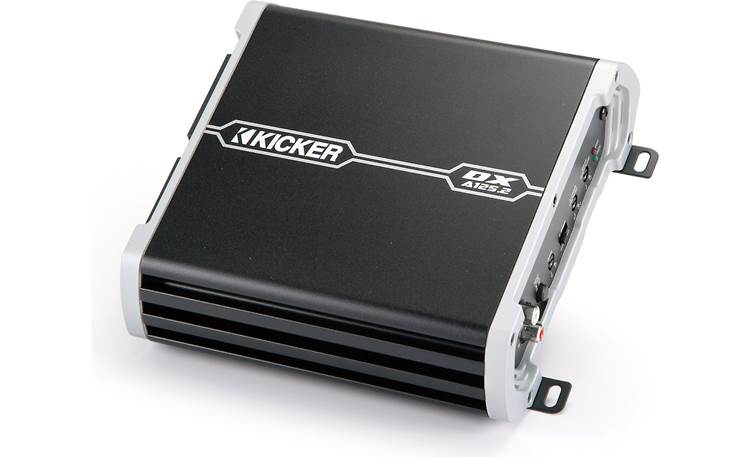MOPAROFFICIAL
Oogliboogli
I'll switch the amp to sub on the cross over and or set them anywhere around 50-80 khz. Depends on the mids used and size




A separate amp is almost alway gonna be better and louder than the head unit built in amp,The more I drive the truck and listen to it....although it sounds a LOT better than those two 6 x 9s in the those tiny boxes, I'm thinking the front speakers are over powered by the subwoofer.
The head unit has 2 RCA outputs as does the sub and the small Kicker amp. I'll have to add a low level adapter to the front side of the head unit to add that amp. If you think the amp will power the front speakers better than the head unit, then it might be worth doing. Thanks for all the advice.The 30 Watt RMS Kicker would walk all over the 40 Watt peak head unit.
Picture shows 2 sets of RCA outputs on the back. The specs say 1 pair of outputs for rear. Maybe updated? If you have 2 sets of outs, Is the 2nd set for a sub, or for fronts?
If it is a front out, set the Input Level of the Kicker to Lo, If you are using the speaker outs of the head unit, set that to Hi.
If it only has 1 RCA output ( rear) I would consider using a couple simple "Y-cords" on the output, run both the Kicker and Blaupunkt off that, but still run the Kicker to the front speakers. Then get the 2 front speakers blended with the sub til it sounded good. Then add the rear speakers off the front output of the head unit as some fill. The clincher here would be that the Front/Rear Fader control on the head unit would be backwards. Other than operation, there's nothing wrong with that, it's just stereo, there's only 2 audio channels-Left and Right.
OR
Forego Fader control, run both front and rear speakers on the Kicker. Tweak the system with the gains (or Vol) on the amps, and the Crossover & Phase to get it as good as you can. Leave the Bas Boost set to zero on the Kicker. Try different musics and conditions until you get it "right".
Then, just use Volume, Balance, (L-R), Bass, & Treble on the head unit.
The sub has nice bass, but it's not that powerful. LOLI'm old school. Keep adding the sub until rust falls out of the rockers and quarter panels. Add a bit more for exhaust rattle, then a touch for the sound of a few bolts loosening. Then turn it down a bit. If a window blows out during the testing you've gone a bit far, so mark the dial so when the new glass is in, you know your maximum.
I have the same head unit in the Valiant and it sounds really good. It's also insulated with Killmat. The truck is a truck. Old and loud. As for the speakers, they are all I can afford. Feel free to send me a better pair.IMHO you got 40 watts to some entry level speakers. You can’t expect much. Your stereo should sound good with without the subs.
I've found "sound guy's intuation" judging of speaker by the magnet size to be basically true bigger magnet = better speaker.
The same can be said for amplifier power ratings.
A sensitivity of 90 db, is 90 db at 1 meter with 1 watt, so 1 meter basically listening position in a car, going 10 x to 10 watts gives you a 100 db, going 10 x again a 100 watts equals 110 db, can't really go up another 10x's and doubling to 180 watts only gives you a just noticeable change in volume.I thought 90 was pretty effecient on those car speakers.
Just relating my experience and I’m fully retiring in 2 weeks so that’s not going to happen… As for the speakers, they are all I can afford. Feel free to send me a better pair.
The speakers in my doors are coaxials. That is, unless I don't know the definition. loloops, those speakers aren't coaxials, so yy1 is right, low freq. is 40hz. these speakers aren't designed really to run with a subwoofer, thats why the frequency response is so wide. i would still start around 80hz and probably work up the scale to find the best response.
if the bass is too loud just turn down the amp a number or so until it blends nicely. hope this helps.
